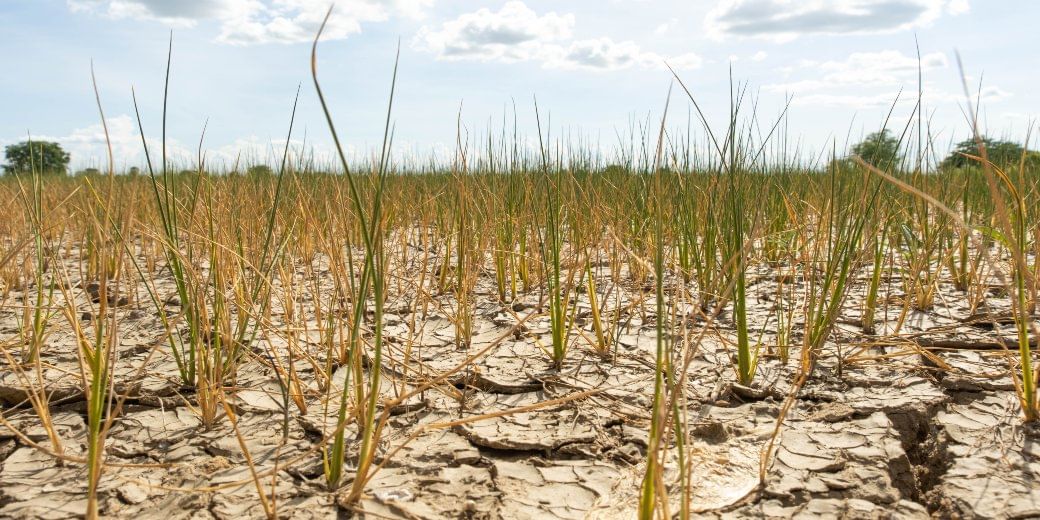Spectre of drought in Bihar, UP, WB, J'khand
The eastern states are facing a dought-like situation which will damage the kharif crops

Half of the monsoon season has passed and so far the average rainfall across the country has been recorded 5 percent more than the normal. But rain is still awaited in eastern India. Almost all districts in Bihar, Jharkhand, Gangetic West Bengal and eastern Uttar Pradesh are facing drought. There are many districts in these states where the rainfall deficiency is more than 70 percent. Samastipur district of Bihar is such where there is 82 percent deficiency.
The figures of the Indian Meteorological Department show that all the 38 districts of Bihar sub-division are facing rain deficiency. From June 1 to July 31, Bihar received 48 percent less rainfall than normal. Samastipur district has received 82 percent less rainfall, besides this Shivhar has 74 percent less, East Champaran 70 percent less, Saharsa 68 percent less, Muzaffarpur 64 percent less, Begusarai and Saran 62 percent less, Nalanda 60 percent less. Apart from these, the rainfall deficiency in Munger, Khagaria and Patna is more than 50 percent.
The condition of Jharkhand is no less than that of Bihar, all 24 districts have received less rainfall than normal. Chatra has received 69 per cent less rainfall than normal, Jamtara 65 per cent less, Dhanbad 64 per cent less and Lohardaga 61 per cent less than normal. Similar is the situation in the Gangetic region of West Bengal, Murshidabad, Bankura and Purulia are rain deficient by more than 50 percent.
Out of 42 districts of Eastern Uttar Pradesh, there are 37 districts where there is severe shortage of rain. Mau district has received 71 per cent less rainfall than normal and Kaushambi and Mirzapur have recorded 70 per cent deficit, apart from these, Kushinagar and Santakbirnagar have received 66 per cent less rainfall than normal and Shravasti has received 59 per cent less rainfall. There are only 5 districts of western Uttar Pradesh where the rainy season is looking a little better.
The Gangetic region of Bihar, Jharkhand, Eastern Uttar Pradesh and West Bengal is considered important in terms of kharif crops. In all these areas, mostly paddy is cultivated during the Kharif season. But due to the lack of rain, farming has been affected earlier and the little farming that has been done can also become a victim of drought. Maize and Kharif pulses are also cultivated in these areas during the Kharif season, due to less rainfall, the cultivation of these crops can also be affected.
Meanwhile, talking about the average rainfall across the country, from June 1 to July 31, 467 mm of rain has been received, which is 5 percent more than the normal. Talking about Kharif cultivation, cultivation has been registered in 830 lakh hectare till July 28, whereas last year during this period, crop was planted in 832 lakh hectare.